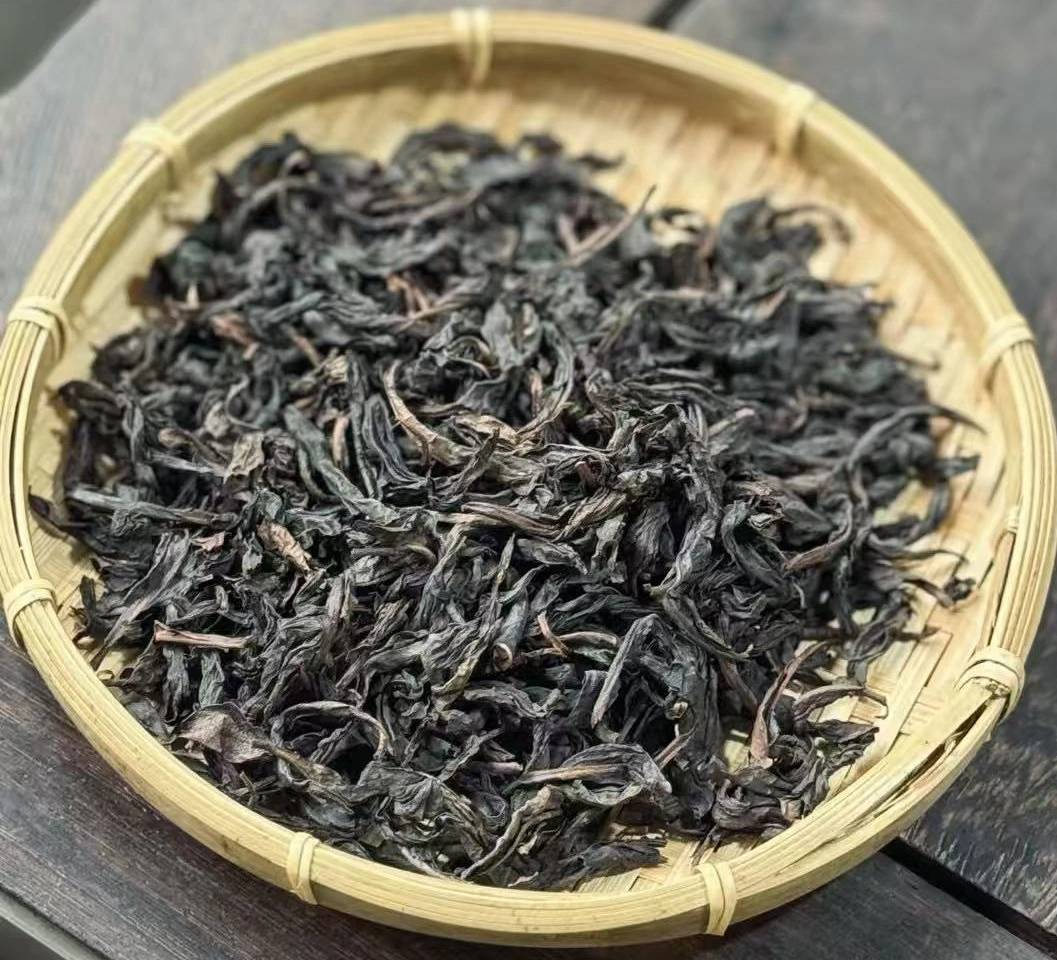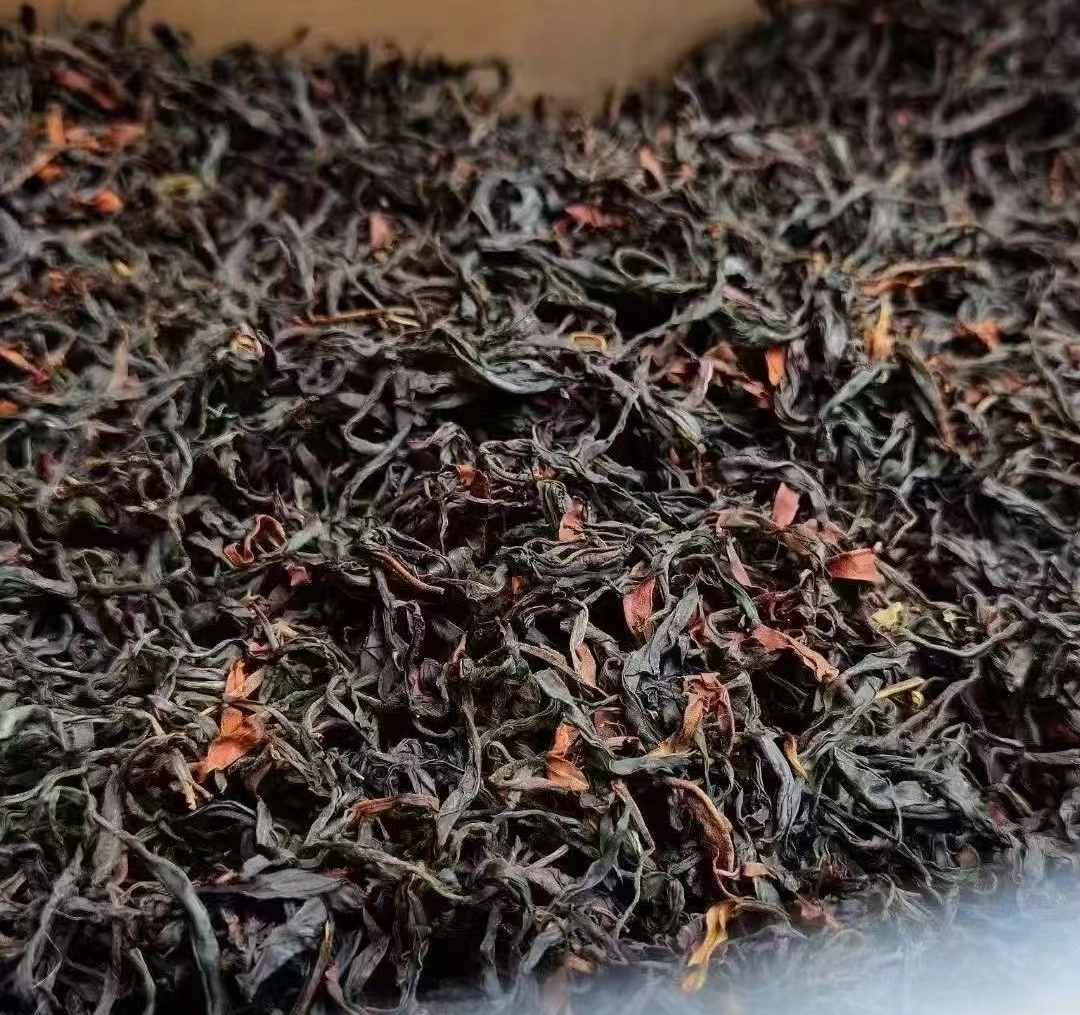Black tea vs oolong tea sparks a delightful debate among tea lovers craving bold flavor or nuanced complexity. Picture two steaming cups side by side: one deep mahogany, its aroma rich with malt and caramel; the other a warm amber, exuding floral whispers and roasted honey notes.
Each sip tells a story—of misty mountain gardens, centuries-old craftsmanship, and the alchemy of oxidation. In this guide, we’ll explore the sensory pleasures, health benefits, and brewing rituals of black tea vs oolong tea, helping you decide which steeped elixir best suits your mood, palate, and wellness goals.
Understanding the Basics of Black Tea vs Oolong Tea
At their core, the journey of black tea vs oolong tea begins with oxidation—the controlled exposure of tea leaves to air.
- Black Tea: Fully oxidized, leaves turn dark brown to black, developing robust sugars and tannins. This process yields a bold, full-bodied brew with high caffeine content (typically 40–70 mg per 8 oz cup).
- Oolong Tea: Partially oxidized (10–85%), offering a spectrum from green-like freshness to black-like depth. Caffeine levels are moderate (30–50 mg per cup), creating a smoother energy lift.
These oxidation differences translate directly into flavor, mouthfeel, and aroma: black tea roars with malty strength, while oolong whispers with floral complexity and creamy undertones.

Flavor Profiles Compared
Black Tea Notes
Black tea delights with:
- Malty Richness: Think toasted barley and warm rye bread.
- Caramel Sweetness: Deep molasses and brown sugar echoes.
- Bold Body: A full mouthfeel that lingers like velvet.
Whether it’s Assam’s bracing malt, Ceylon’s bright citrus edge, or Yunnan’s peppery finish, black tea stands tall.
Oolong Tea Notes
Oolong tea enchants with:
- Floral Elegance: Orchid, gardenia, and jasmine hints.
- Creamy Silken Texture: A buttery, plush mouthfeel.
- Light Roast & Toast: Gentle toffee and chestnut warmth.
From Tie Guan Yin’s orchid petals to Da Hong Pao’s rock-ridge smokiness, oolong invites endless discovery.
Health Benefits Face-Off
Black Tea Antioxidants & Heart Health
Black tea is rich in theaflavins and thearubigins—powerful polyphenols that:
- Lower LDL (“bad”) cholesterol and support arterial health.
- Improve blood vessel function, reducing cardiovascular risk.
- Shield cells from oxidative damage, promoting longevity.
Oolong Tea Metabolism & Weight Management
Oolong tea offers unique catechins and caffeine synergy to:
- Boost thermogenesis, elevating calorie burn by up to 10%.
- Enhance fat oxidation, turning stored fat into energy.
- Stabilize blood sugar, curbing cravings and energy crashes.
Shared Benefits: Mental Focus & Digestion
Both black tea and oolong tea contain L-theanine, an amino acid that:
- Smooths caffeine’s edge, creating calm alertness.
- Supports gut health, with gentle tannins that soothe digestion and aid nutrient absorption.

Brewing Techniques for Optimal Taste
Water Temperature & Steep Time
- Black Tea: 200–212°F (93–100°C), steep 3–5 minutes for balanced strength.
- Oolong Tea: 185–205°F (85–96°C), steep 2–4 minutes; adjust by oxidation level.
Loose Leaf vs. Bagged Options
- Loose Leaf: Whole leaves unfurl fully, releasing nuanced oils and flavors.
- Bags/Envelopes: Convenient but often use fannings or dust, yielding a one-dimensional cup.
Gongfu vs. Western-Style Methods
- Gongfu-Style: High leaf-to-water ratio, short multiple infusions (20–45 seconds) showcase evolving layers—ideal for oolong exploration.
- Western-Style: Lower leaf ratio, single longer infusion (3–5 minutes) delivers consistent strength—perfect for black tea rituals.
- 🔗 For more tea brewing methods, check out the YouTube video explaining the brewing methods.
Caffeine Kick and Energizing Effects
Morning Routines: Black Tea’s Bold Lift
Begin your day with the hearty embrace of black tea:
- English Breakfast: A brisk fusion that pairs with milk for creamy wakefulness.
- Assam: A malty powerhouse to jolt groggy senses to life.
Afternoon Rituals: Oolong’s Gentle Boost
Afternoons call for the delicate power of oolong tea:
- Tie Guan Yin: Floral clarity to sharpen the mind without overstimulation.
- Da Hong Pao: Subtle roast for a grounded, comforting uplift.
Recipe Inspirations & Pairings
Classic Black Tea Blends
- Earl Grey: Bergamot’s citrus-lavender note harmonizes with black tea’s backbone.
- English Breakfast: Robust Ceylon, Assam, and Kenyan teas marry in a creamy symphony.
Pair with: Buttered toast, scones, savory quiche.
Popular Oolong Varietals
- Tie Guan Yin: Orchid dreams that unfold sip after sip.
- High-Mountain Oolong: Alpine freshness meets silky texture.
Pair with: Light dim sum, fruit tarts, green salads.
FAQs: Black Tea vs Oolong Tea
- Which tea has more caffeine?
Black tea generally edges out oolong by ~10–20 mg per cup. - Can I drink both daily?
Yes—alternating or blending both fits a balanced routine, maximizing health benefits. - Which is better for weight loss?
Oolong’s metabolism-boosting catechins give it a slight advantage, but black tea’s theaflavins also support fat oxidation.
Conclusion: Choosing Between Black Tea vs Oolong Tea
In the duel of black tea vs oolong tea, there is no wrong winner—only the perfect match for your moment. Crave bold vigor? Let black tea’s malty depths carry you through busy mornings. Seek layered elegance? Allow oolong’s floral whispers to guide an afternoon of calm focus. Explore both, savor each nuance, and make tea time an artful expression of your taste and wellness journey.
Enjoy your next cup with intention, and may every sip bring delight and vitality.



